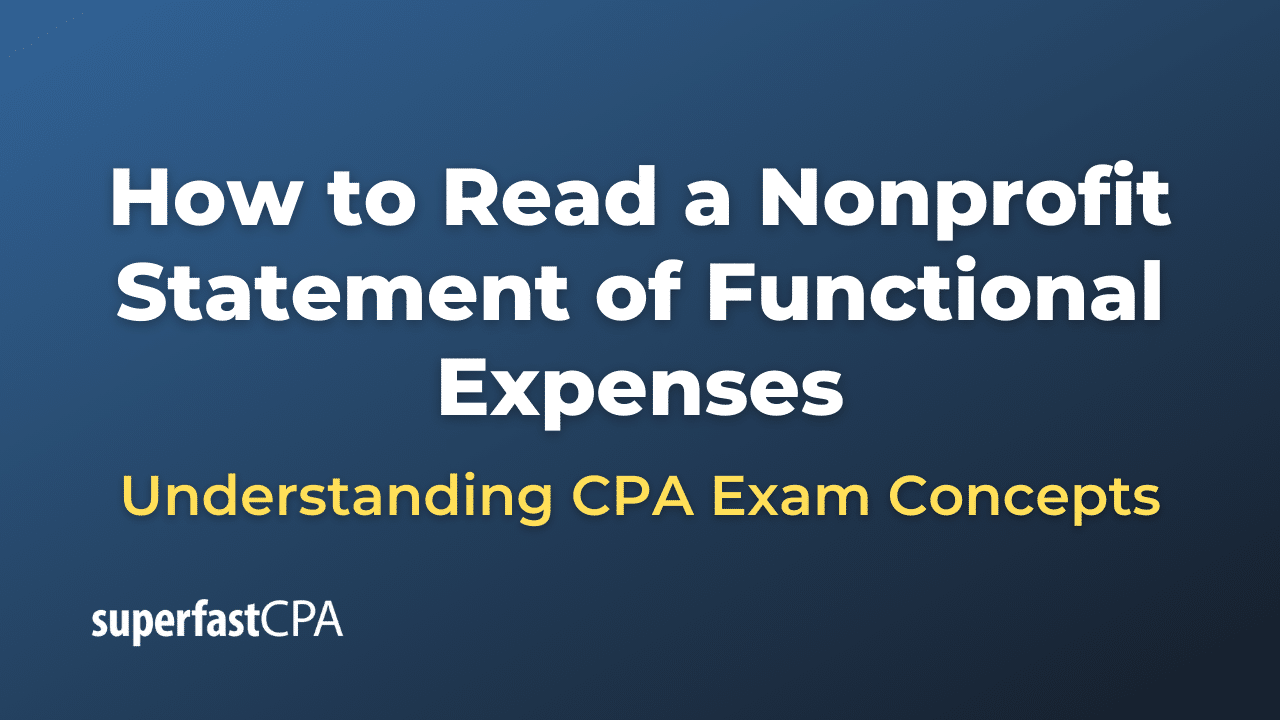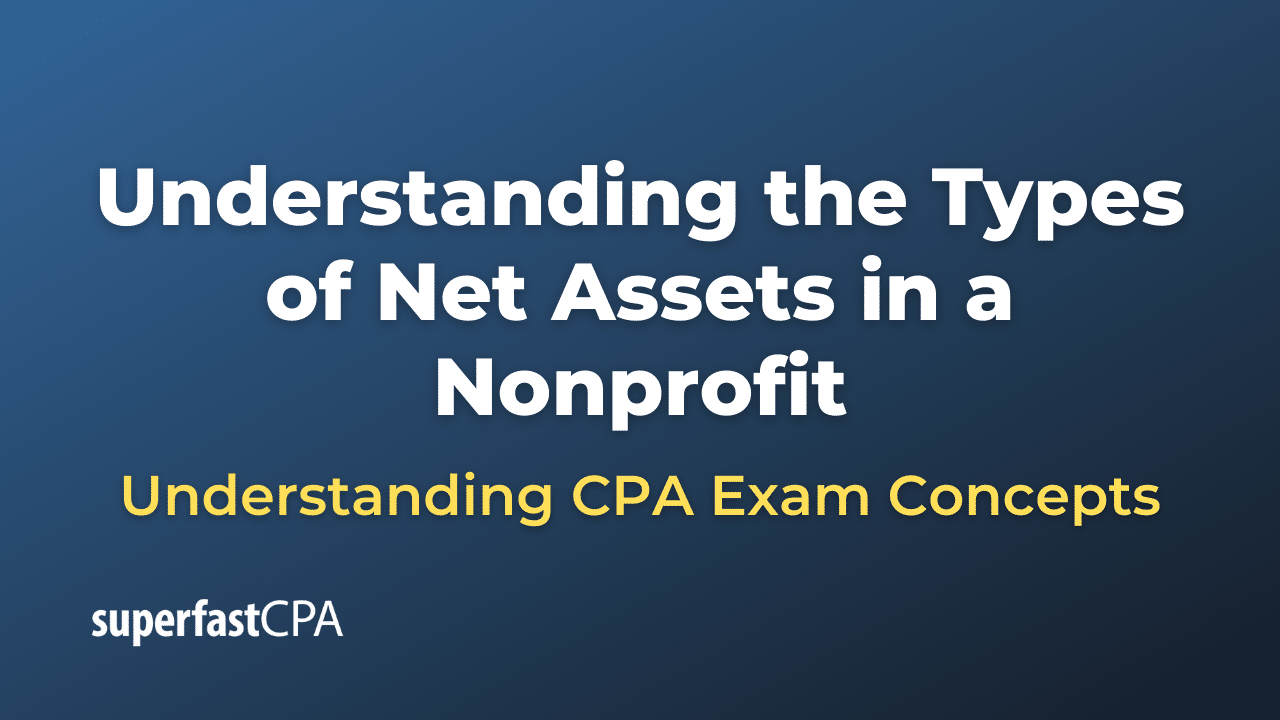Collateral
Collateral refers to an asset or property that a borrower offers to a lender as a form of security for a loan. The purpose of collateral is to provide the lender with a level of assurance that if the borrower defaults on the loan or is unable to repay it, the lender has the right to seize the collateral and sell it to recover their losses. By having collateral in place, lenders can reduce their risk exposure and are more likely to extend credit, often at lower interest rates or with more favorable terms.
Collateral can take many forms, including but not limited to:
- Real estate: Residential or commercial property can be used as collateral for mortgage loans or other types of loans.
- Vehicles: Cars, trucks, motorcycles, or boats can be used as collateral for auto loans or other types of secured loans.
- Equipment or machinery: Businesses can use their equipment, machinery, or other valuable assets as collateral for business loans or lines of credit.
- Investments: Stocks, bonds, or other financial instruments can be used as collateral for securities-based loans.
- Accounts receivable: Businesses can use their outstanding invoices or accounts receivable as collateral for asset-based lending or factoring services.
- Personal property: Jewelry, art, collectibles, or other valuable personal items can be used as collateral for pawnshop loans or other types of secured personal loans.
The value of the collateral is typically assessed by the lender during the loan application process to ensure it is sufficient to cover the loan amount. If the borrower defaults on the loan, the lender has the legal right to seize and sell the collateral, often through a foreclosure or repossession process, to recover the outstanding loan balance. However, if the sale of the collateral does not fully cover the outstanding debt, the borrower may still be responsible for repaying the remaining balance, depending on the terms of the loan agreement and applicable laws.
Example of Collateral
Let’s consider a scenario involving a car loan, where the vehicle itself serves as collateral for the loan.
Imagine that Jane wants to buy a new car that costs $25,000. She doesn’t have enough cash to pay for the car upfront, so she decides to apply for a car loan. Jane approaches her bank, and they agree to lend her the $25,000, but they require the car to be used as collateral for the loan. This means that if Jane fails to make her loan payments, the bank has the right to repossess the car and sell it to recover the outstanding loan balance.
Jane agrees to the terms, and the bank provides her with the $25,000 loan. She purchases the car and begins making monthly payments to repay the loan. After a few years, Jane encounters financial difficulties and is unable to make her loan payments. As a result, she defaults on the loan.
Since the car was used as collateral, the bank exercises its right to repossess the vehicle. They sell it at auction for $15,000. The proceeds from the sale are applied to Jane’s outstanding loan balance, which is now $18,000. After applying the $15,000 from the sale, Jane still owes the bank $3,000.
In this example, you can see how collateral works to secure the loan and provide the lender with a way to recover their losses in the event of default. Using collateral reduces the risk for the lender and can make it easier for borrowers to obtain loans, often with better terms and lower interest rates. However, borrowers must be aware of the risks associated with using collateral, as they can lose their assets if they are unable to repay the loan.














